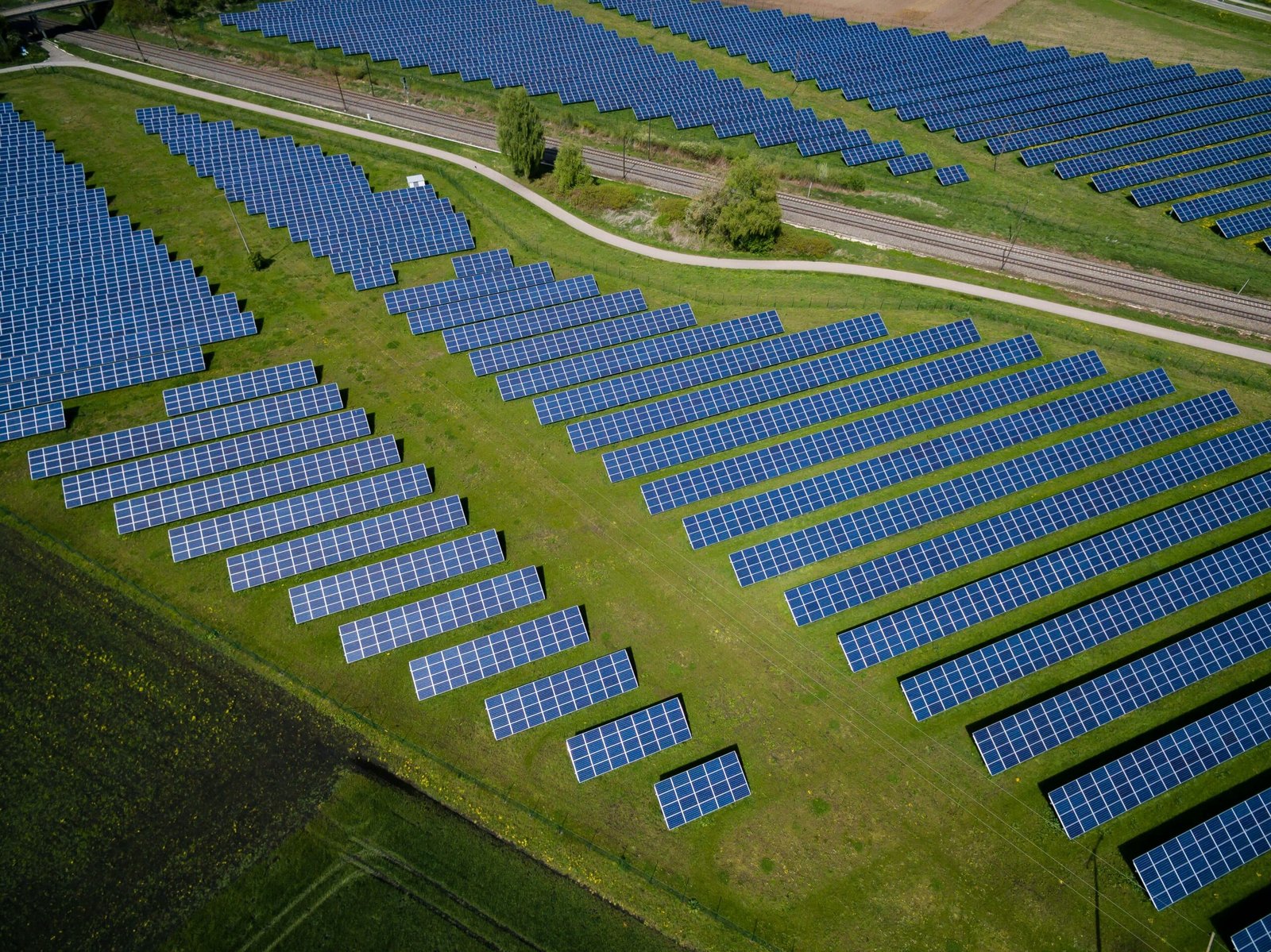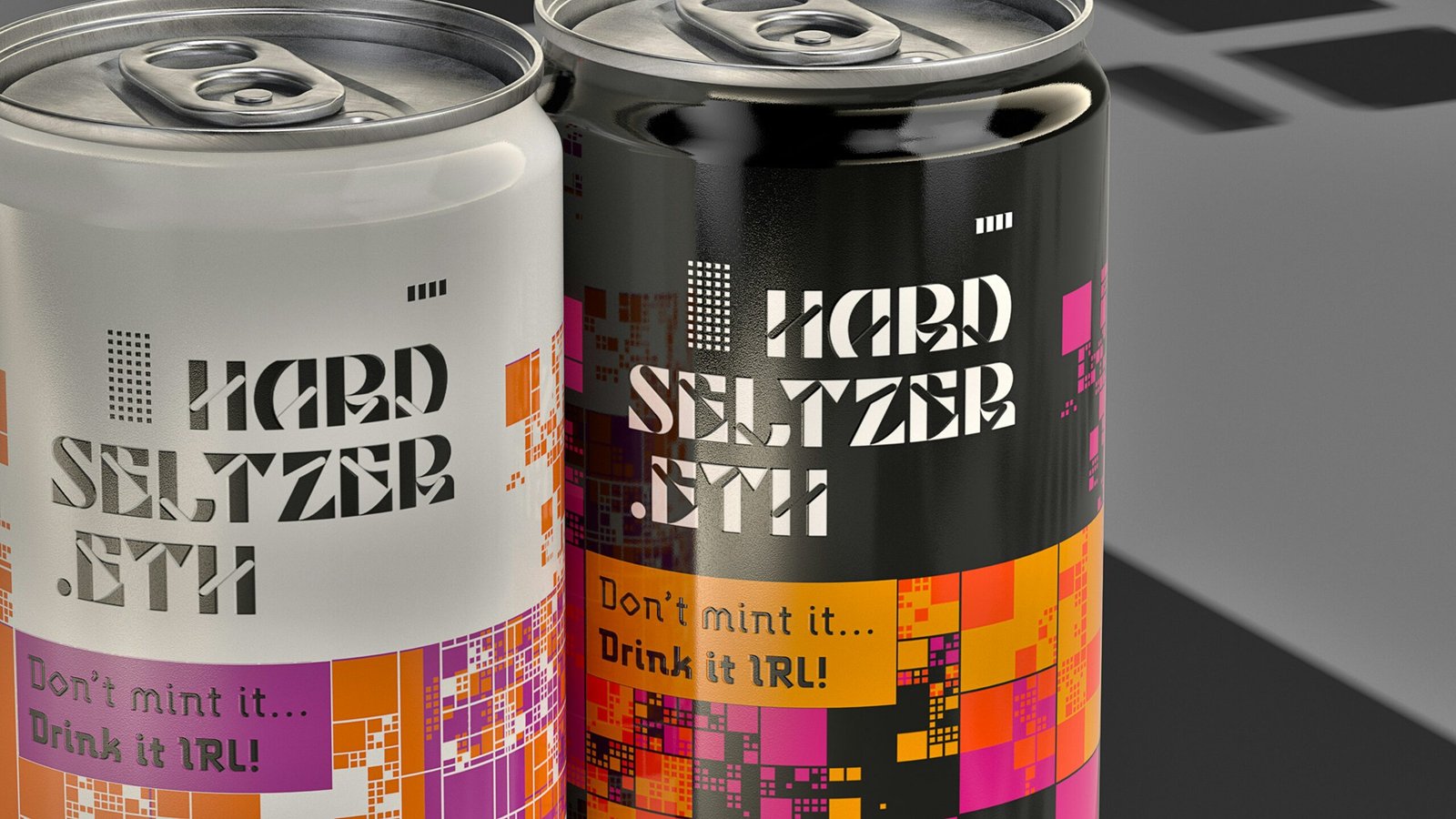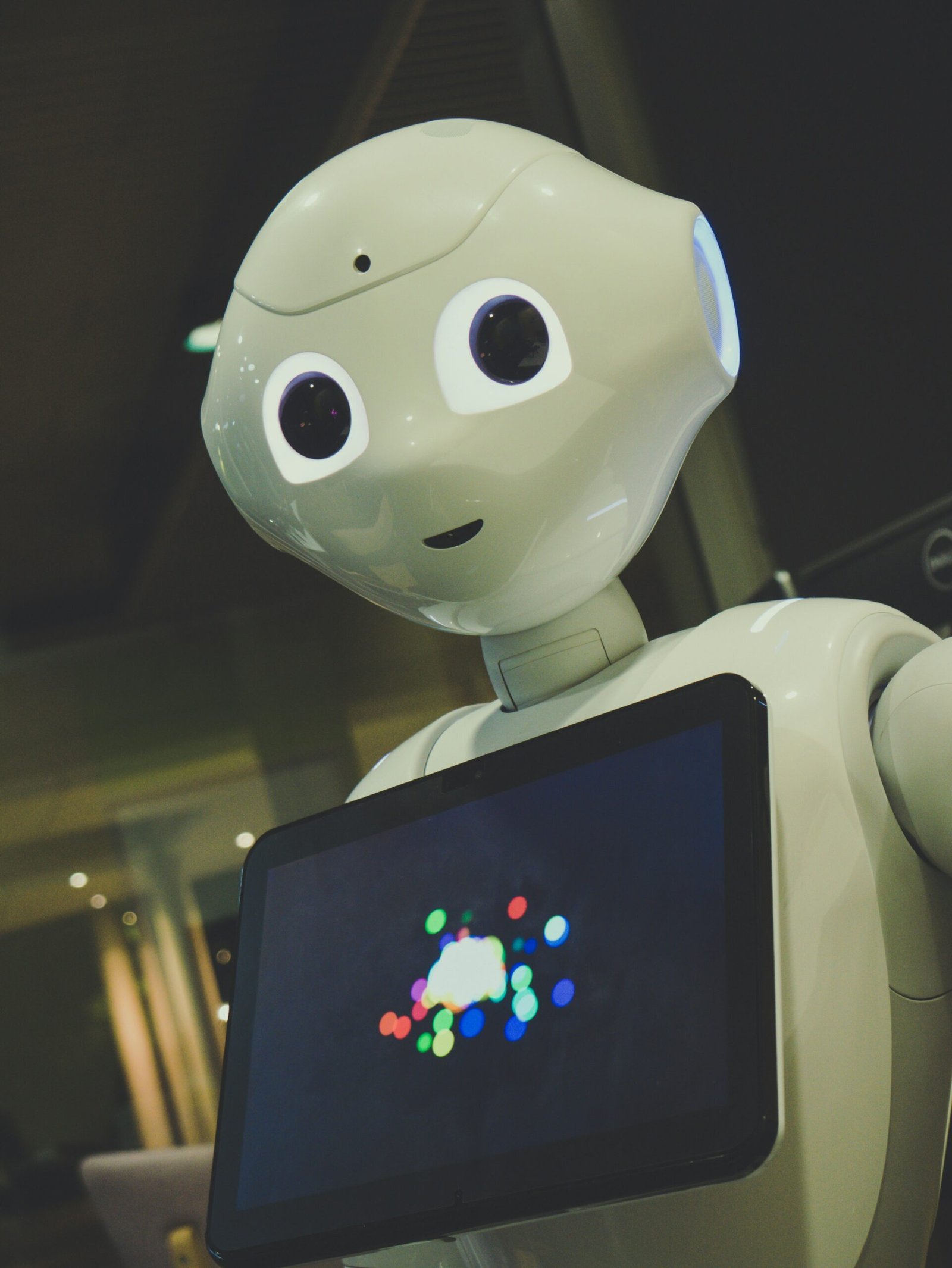Introduction
Renewable energy has become a crucial focus in today’s world as we strive to reduce our carbon footprint and mitigate the effects of climate change. Solar power, in particular, has gained significant popularity due to its abundance and sustainability. As the demand for solar power increases, it is essential to explore innovative solutions that enhance the user experience (UX) and user interface (UI) of solar power platforms. In this article, we will discuss some UI/UX innovations that can revolutionize the way we interact with solar power systems.
The Importance of UI/UX in Solar Power Platforms
User-friendly interfaces and seamless experiences are essential in any technology-driven industry, and solar power platforms are no exception. A well-designed UI/UX can make it easier for users to monitor and manage their solar power systems, ultimately increasing their efficiency and effectiveness. By focusing on UI/UX innovations, we can encourage more people to adopt solar power and contribute to a greener future.
1. Intuitive Dashboard Design
A user-friendly dashboard is crucial for solar power platforms. It should provide users with real-time information about their energy production, consumption, and savings. By presenting this data in a visually appealing and easy-to-understand format, users can make informed decisions about their energy usage and optimize their solar power systems accordingly. The dashboard should also include features such as historical data, energy usage trends, and personalized recommendations to further enhance the user experience.
2. Mobile Applications
In today’s digital age, mobile applications have become an integral part of our lives. Developing dedicated mobile applications for solar power platforms can significantly improve the user experience. Users can monitor their solar power systems on the go, receive notifications about energy production and consumption, and even control their devices remotely. Mobile applications also provide an opportunity for gamification, where users can earn rewards or compete with friends and neighbors to encourage sustainable energy practices.
3. Virtual Reality (VR) and Augmented Reality (AR)
Virtual Reality (VR) and Augmented Reality (AR) technologies have the potential to revolutionize the way we interact with solar power systems. By using VR, users can visualize their solar panels on their rooftops before installation, allowing them to make informed decisions about the placement and aesthetics of the panels. AR can be used to provide real-time information about energy production, consumption, and savings by simply pointing a smartphone or tablet towards the solar panels. These immersive technologies can make the solar power experience more engaging and educational.
4. Smart Energy Management
Integrating smart energy management systems into solar power platforms can further enhance the user experience. These systems use artificial intelligence and machine learning algorithms to optimize energy usage based on user preferences, weather conditions, and energy tariffs. By automatically adjusting energy consumption patterns, users can maximize their energy savings without compromising their comfort. Smart energy management systems can also provide personalized recommendations for energy-efficient appliances and practices, helping users make sustainable choices.
5. Social Integration and Community Platforms
Social integration and community platforms can play a significant role in promoting solar power adoption. By connecting users with each other, they can share their experiences, challenges, and success stories. These platforms can also facilitate peer-to-peer energy trading, where surplus energy can be shared with neighbors or sold back to the grid. By fostering a sense of community and collaboration, solar power platforms can create a supportive environment for users and encourage more people to embrace renewable energy solutions.
Conclusion
UI/UX innovations have the potential to transform the way we interact with solar power platforms. By focusing on intuitive dashboard designs, mobile applications, virtual reality, smart energy management, and social integration, we can enhance the user experience and encourage wider adoption of renewable energy solutions. As technology continues to evolve, it is essential to prioritize UI/UX innovations in the solar power industry to create a sustainable and user-friendly future.
Remember, the key to successful UI/UX innovations is to prioritize the needs and preferences of the users while ensuring a seamless and engaging experience. By combining technological advancements with user-centric design principles, we can pave the way for a greener and more sustainable future.











Leave a Reply